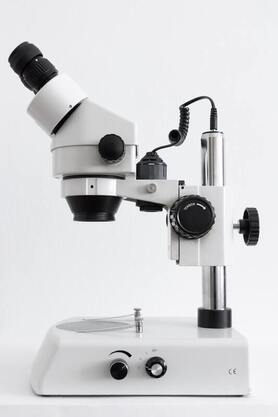|
Paclitaxel (trade name Taxol) is derived from the bark of the Pacific yew tree (Taxus brevifolia) and is used to treat breast, lung, and ovarian cancer. In Agatha Christie's book A Pocket Full of Rye, the first victim is murdered when his marmalade is spiked with poisonous yew berries. What is the lore on the poisonous or medicinal properties of the yew tree? Culpeper’s Complete Herbal & English Physician (1826) states “Many in this country have eaten yew berries and survived. The tree’s very powerful poisonous qualities rise by distillation.” He goes on to say that, despite these qualities, yew berries are “sometimes given usefully in obstructions of the liver and bilious complaints.” In The Complete Book of Herbs, Lesley Bremness notes that all parts of the English yew are poisonous, yet a homeopathic tincture made from the leaves and berries is used medicinally. In the homeopathic literature, the bark, branch tips, and needles of the yew are used to treat diphtheria, tapeworms, tonsillitis, liver conditions, and rheumatism. HISTORY OF PACLITAXEL In 1961, the National Cancer Institute (NCI) began screening thousands of plant compounds for their anticancer properties. Samples of Pacific yew were first collected in 1962 by researchers from the U.S. Department of Agriculture (USDA) who were under contract to help the NCI in their search for natural products that might cure cancer. And compounds derived from the bark of the Pacific yew tree (Taxus brevifolia) showed promise. Extracts from this bark proved cytotoxic, although even after identification of the extract's most active component, it still took several years to isolate paclitaxel in its pure form. Testing was undertaken to identify the biological action of the new compound. It was not until 1977 that the NCI was able to confirm antitumor activity in a mouse melanoma model. Because of difficulties harvesting the drug and the complexity of synthesizing the compound, development toward the clinic was slow. The drug, however, showed effectiveness against mammary tumors and ovarian cancer, pushing researchers to find a means of isolating large quantities for clinical use. Clinical trials became possible when a method was derived to extract a precursor, 10-deacetyl-baccatin III, from the common yew. The precursor was then converted by chemical synthesis to paclitaxel. Today, a cell culture method is used to produce the drug. MECHANISM OF ACTION Paclitaxel is a novel agent that interferes with the normal function of microtubule growth; at high concentrations it induces mitotic arrest in the G2/M phase of cell growth, and at low concentrations it causes apoptosis in the G0 and G1/S phases. Paclitaxel promotes the assembly of microtubules from tubulin dimers and stabilizes microtubules by preventing depolymerization. This stability results in inhibition of the normal dynamic reorganization of the microtubule network that is essential for vital interphase and mitotic cellular functions. In addition, paclitaxel induces abnormal arrays or “bundles” of microtubules throughout the cell cycle. The drug binds to a cell's microtubule assembly and slows cell division and growth by stabilizing the microtubules, preventing shrinkage, and therefore blocking segregation of chromosomes. CHALLENGES It was difficult to formulate paclitaxel into a delivery system acceptable for human use. Initial activity was observed with bulk drug suspended in solution. Although paclitaxel was soluble in 75% polyethylene glycol, repeated testing using this formula produced inferior results. When the drug was formulated in an ethanol, Cremophor, and saline solution to a particular concentration, intraperitoneal activity was preserved at initial levels. Preclinical toxic effects were most evident in tissues with a high cell turnover, such as hematopoietic, lymphatic, gastrointestinal, and reproductive tissues. APPROVAL In 1992 the FDA approved paclitaxel (Taxol) for the treatment for ovarian cancer. Clinical trials to test treatment in other types of cancers and in combination with other therapies resulted in indications for breast cancer, lung cancer, and Kaposi's sarcoma.
0 Comments
|
�
AuthorKerilyn Sappington is the founder of Integrative Translations, which specializes in the Chinese to English translation of topics in conventional and complementary medicine. Archives
June 2024
Tags
All
|



